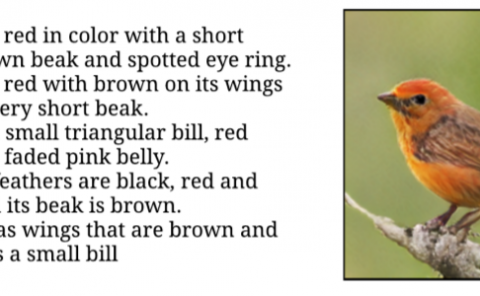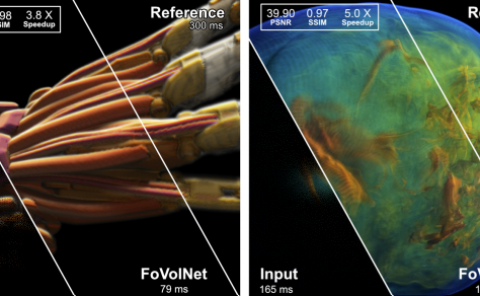Evaluating the efficacy of haptic feedback, 360° treadmill-integrated Virtual Reality framework and longitudinal training on decision-making performance in a complex search-and-shoot simulation
PubDate: Apr 2024
Teams: Indian Institute of Technology Mandi, Himachal Pradesh, Indian Institute of Technology Mandi, Defence Research,University of Wisconsin-Green Bay
Writers: Akash K Rao, Arnav Bhavsar, Shubhajit Roy Chowdhury, Sushil Chandra, Ramsingh Negi, Prakash Duraisamy, Varun Dutt
Abstract
Virtual Reality (VR) has made significant strides, offering users a multitude of ways to interact with virtual environments. Each sensory modality in VR provides distinct inputs and interactions, enhancing the user’s immersion and presence. However, the potential of additional sensory modalities, such as haptic feedback and 360° locomotion, to improve decision-making performance has not been thoroughly investigated. This study addresses this gap by evaluating the impact of a haptic feedback, 360° locomotion-integrated VR framework and longitudinal, heterogeneous training on decision-making performance in a complex search-and-shoot simulation. The study involved 32 participants from a defence simulation base in India, who were randomly divided into two groups: experimental (haptic feedback, 360° locomotion-integrated VR framework with longitudinal, heterogeneous training) and placebo control (longitudinal, heterogeneous VR training without extrasensory modalities). The experiment lasted 10 days. On Day 1, all subjects executed a search-and-shoot simulation closely replicating the elements/situations in the real world. From Day 2 to Day 9, the subjects underwent heterogeneous training, imparted by the design of various complexity levels in the simulation using changes in behavioral attributes/artificial intelligence of the enemies. On Day 10, they repeated the search-and-shoot simulation executed on Day 1. The results showed that the experimental group experienced a gradual increase in presence, immersion, and engagement compared to the placebo control group. However, there was no significant difference in decision-making performance between the two groups on day 10. We intend to use these findings to design multisensory VR training frameworks that enhance engagement levels and decision-making performance.


